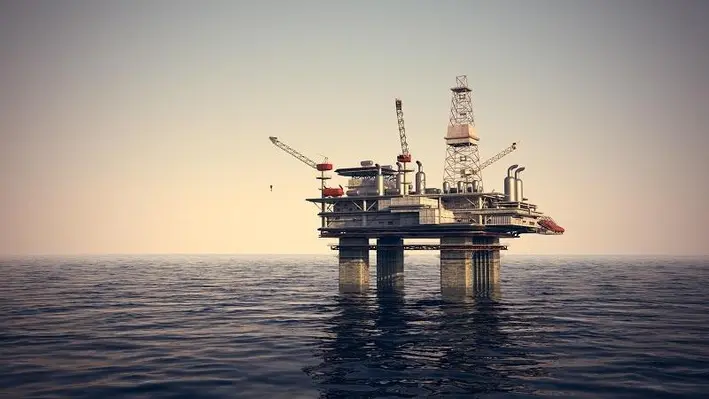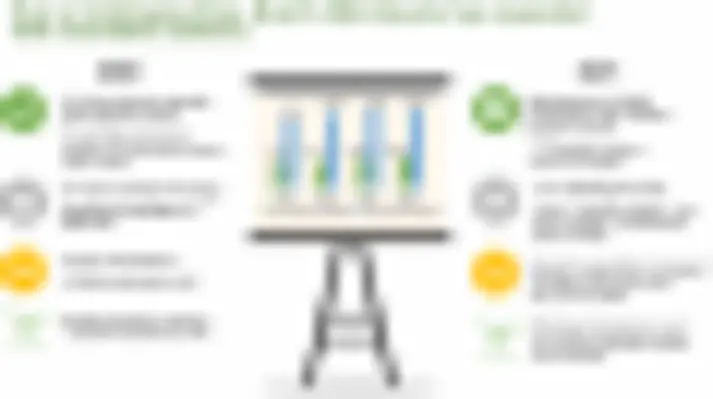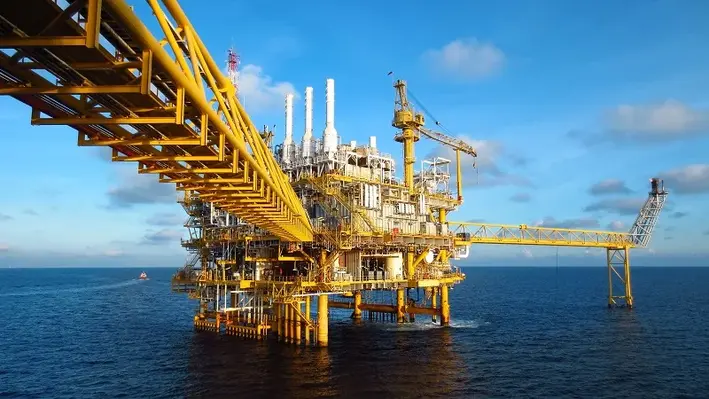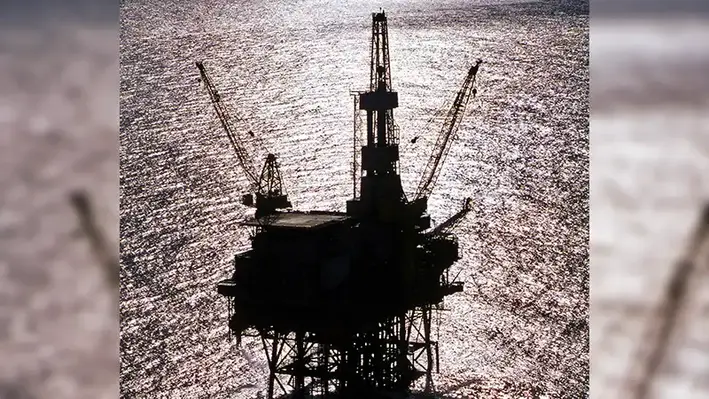
At the Offshore Well Intervention Latin America conference, a panel of industry professionals discussed how the Brazilian market is responding to an international drive to well interventions and decommissioning activity.
David Carr, Senior Vice-President at Helix Well Ops (UK) Ltd, opened the session with a video discussing the recent developments in the international offshore community. He noted that despite the last 12-18 months being one of the most challenging in living memory, well intervention activity has suffered less than most and, according to RigLogix, in a period where drilling activity reduced by almost 35%, well intervention activity only declined by around 21%.
On top of this, Carr continued, there have been positive signs from within the industry with companies such as Harbour Energy, Equinor, C-Innovation and Petronas planning or conducting significant intervention work. Carr added, “In Latin America operators have returned to profitability but drilling activity has not really increased ‒ partly due to the need to pay off debt and the turn to renewable energy. However, depleting reserves need to be replaced and intervention is the lowest cost and risk way of doing this. More and more companies are entering the riserless light well intervention (RLWI) space, resulting in more innovations arising in the market. Additionally, oil and gas regulators are gaining greater powers to enforce policies to maximise economic recovery and ensuring operators fulfil their decommissioning obligations.”
Lucas Mota, Manager of Financial and Physical Planning at Petrobras, noted that his company has made a strong statement in maximising their portfolio value with a focus on deep and ultra deep waters and already there have been key intervention targets identified in order to keep up with production targets. He added, “Petrobras has a strong workover portfolio so we are looking closely to new technology and opportunities to get the most out of our producing fields. The pandemic has affected the scenario for workover activities and we have seen reductions but we have gained back momentum and expect to be back to pre-pandemic levels starting in 2022. Being resilient, being cost effective, and introducing new technology will be paramount for making sure we meet production targets and keep extraction costs low.”
David Dempsie, P&A Task Force Leader of Global Drilling & Completions at Repsol, noted that in general terms operators are constantly looking for the “the best bang for their buck” and the benefits of intervention is we typically understand better objectives and targets and are therefore more sure of outcomes.
“To further increase production, the ability globally to drill becomes hard at times. Licences to drill take more time whereas interventions are faster to react and they align well with many regulatory requirements. Such a period of uncertainty with oil prices means relying on high cost drilling activities is not always appropriate anymore whereas intervention is much more cost effective.”
Providing a detailed update on the state of the offshore oil and gas market in Brazil, Mariana Franca Operational Safety & Environmental Superintendent at ANP, noted that even in the most challenging times, oil production has increased ‒ as was the case in 2020 which has been maintained across 2021. She noted that as a regulator, her company is working to incentivise operators to increase the recovery factor and that they have witnessed a decrease in drilling in this time. There are also hopes that plug & abandonment (P&A) activities will increase as operators take their liabilities more seriously.

A decommissioning wave on the horizon?
On the subject of P&A and decommissioning, Dempsie said that generally as the industry and fields of a region mature, the companies active in there mature. While there is a tendency to delay such operations companies can no longer afford to do so due to environmental concerns.
“As confidence grows and the number of P&A operations increase, it has an effect on operators and service providers to do more. When this happens, abilities increase and costs decrease. The appetite is starting to be there. Overall, this has somewhat been kicked down the road but it can go no further. People need to understand they have reliability to do better.”
“In Brazil the deepwater elements pose unique challenges but subsea contractors confidence builds the more work that is performed and this will allow greater progression and natural growth will come as one operator to another does more. P&A, when I arrived in the market, was something for my grandchildren but it has crept up. It is a market which will grow as Brazil invests and will strengthen operators to create a more sustainable business plan.”
To encourage more activity of this type, Franca stated that new well integrity management system regulation was published in 2016 which addresses P&A obligations as before it was old fashioned. With the new system, they are aligning Brazilian regulation with best practices. Now, for example, liabilities are harder to be extended and there is a maximum period of three years for well to be idle without monitoring well integrity.
Building on these comments, Mota said that for his company decommissioning and enhancing production is of paramount importance. They have a five year plan amounting to US$4.6bn and more than half of that is being spent on well intervention costs with around 500 well interventions planned in the next ten years. They are also targeting efficiency in these activities. The company currently has achieved 40 days per abandonment well and is aiming to reduce this to 30 days per well.
Reducing costs
One of the main issues relating to P&A, decommissioning and well intervention is they can carry weighty costs for operators. The panellists addressed this concern, noting some trends which could reduce costs and encourage more of these activities in Brazil.
For instance, Mota noted that RLWI is being taken up more around the world and is a method which can bring reductions ranging from 40-50% in time and costs. There is a lot of interest in this in Brazil and from his company.
Dempsie added that collaboration is key to this and many operators are looking to work together on P&A and intervention campaigns to capture value on these necessary operations. He said, “This has worked well globally under various guises and it suited the economic needs of many organisations.” Rig clubs, for example, have been looked at elsewhere and could really help companies share risks and shoulder costs in Brazilian waters.
Additionally, as the panellists touched upon, the continued development of new technology is enabling operators to better understand when wells require P&A and intervention work and is allowing them to carry it our more safely and for less money. This will only encourage those active in Brazil to pursue such activities more aggressively.




